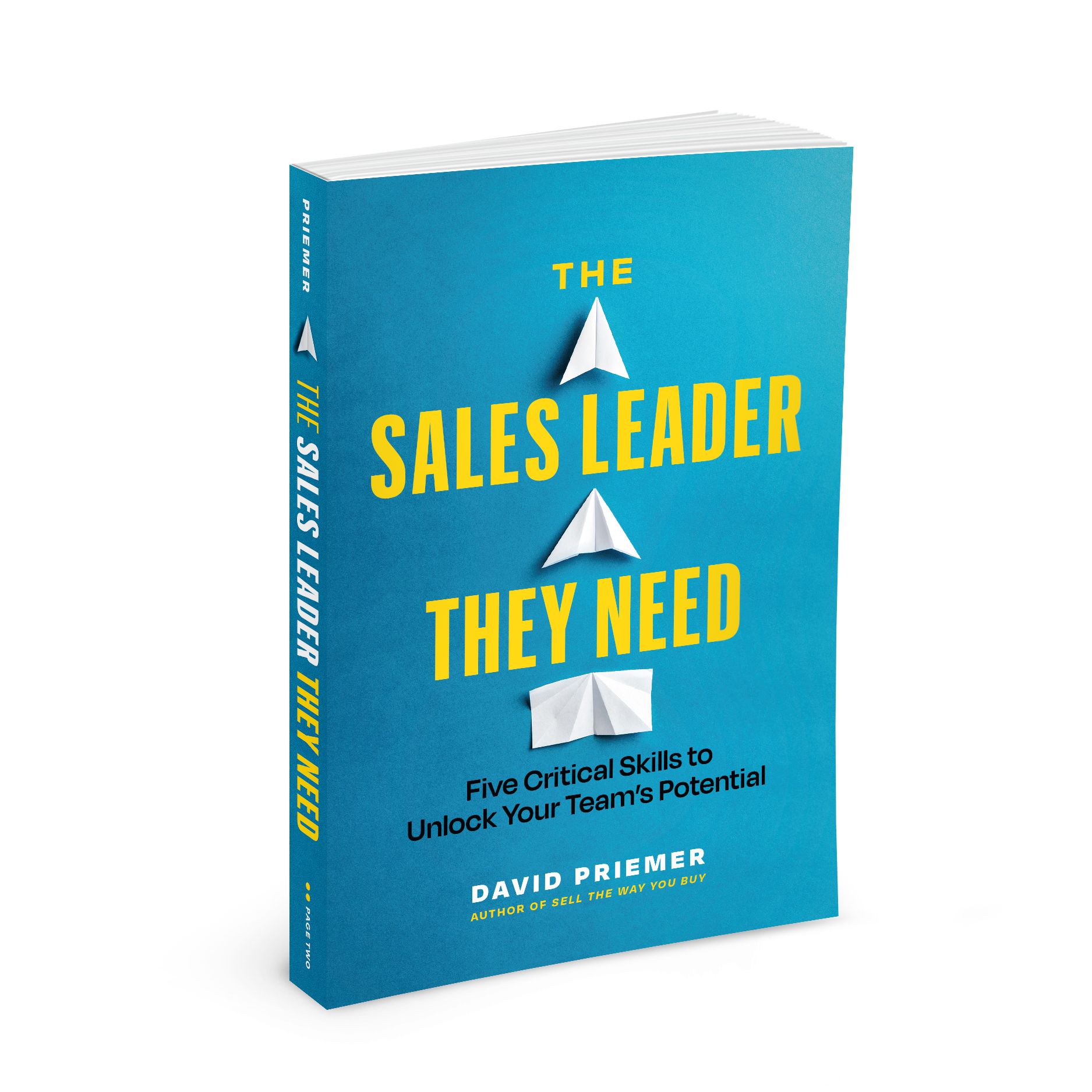Use this Hostage Negotiation Tactic to Overcome Emotionally-Charged Objections
“We’ve got your son. Give us one million dollars or he dies.”
This was the ultimatum offered to one of the world’s most preeminent negotiation practitioners and instructors, Chris Voss, during a Harvard Business School simulation exercise. Simulation-aside, I suspect Voss wasn’t particularly phased. After all, he had been the lead international kidnapping negotiator for the FBI, the lead Crisis Negotiator for the New York City Division of the FBI, as well as a member of the New York City Joint Terrorist Task Force for 14 years.
Amazingly, the simple but powerful approach Voss used to diffuse this life or death situation is exactly the same one we can invoke in our day-to-day (and arguably much less exciting) negotiations.
The Tactic
In his book, Never Split the Difference: Negotiating as if Your Life Depended on It, Voss recounts the research of University of Chicago professor and Nobel Prize winner Daniel Kahneman (author of the 2011 bestseller Thinking, Fast and Slow) (PS – both books are on my list of top sales reads!). In his work, Kahneman describes humans as having two systems of thought. System 1, our animal mind which is fast, instinctive and emotional. And System 2 which is slow, deliberative, and logical. When we encounter a stress, suggestion, question, or say, find ourselves dealing with all three in a negotiation, it’s our System 1 reaction that drives the response of System 2.
In the simulation Voss made masterful use of this principle and circumvented a potentially grave outcome by starting with a simple and logical question:
“How am I supposed to do that?”
To which the kidnapper quipped, “So you’re ok with me killing your son, Mr. Voss?”. To which Voss replied with an odd warmth, “I’m really sorry Robert, how can I get you any money right now, much less one million dollars, if I don’t even know he’s alive?”. What happened next was akin to The Hulk suddenly returning to Bruce Banner form. The kidnapper became flustered as his emotional mind (System 1) began to accept that his request (System 2) wasn’t as reasonable as he initially thought. This catalyzed a more rational and level-headed response that led to the peaceful resolution of the standoff.
While in our modern selling environment we may not find ourselves dealing with interactions with the same mortal consequences, we do often find ourselves dealing with objections deeply rooted in emotion. In particular, fear. Fear is one of the most powerful emotions humans conjure and, in the mind of a modern buyer, can spark all manner of objections. One of the most common manifestations of a fear-based objection is the all too familiar request for a reference.
We’ve all been there. One minute you’re driving along the sales highway, wind in your hair, running an amazingly blissful and frictionless cycle. The customer loves you, and you can even hear the faint rhythm of a classic 1965 Herman’s Hermit’s song playing the background. The next minute your customer springs this eye-roll-inducing request on you, causing you to blow a tire and wind up in the “reference ditch” on the side of the road. Heck, instead of asking for a reference your customer might as well have said, “I really like you and everything but I’m still afraid there’s a chance your solution won’t work for us and because there’s enough risk here, I’d feel more comfortable having someone else who’s been in my position tell me that everything is going to be ok”.
While spending your hard-earned political capital to legitimately fulfill the reference request is certainly your prerogative, taking a page from the hostage negotiation playbook might be your best bet!
How to use it
First, don’t say no. Respond with a compliant, empathetic attitude and acknowledge the root cause of the objection. This is often referred to as a softening statement. For example, you might say “Happy to discuss a reference. I certainly want to make sure you feel comfortable with our solution and the approach we’ve proposed to help you be successful with it.”
Next, raise a logical position to help frame the compliance to the request, similar to “How am I supposed to do that?”. For example, “The good news is we have many happy customers and I want to ensure I connect you with the right one. Can you give me a sense of what specifically you’d be looking to learn from speaking to this reference?”
This sequence often causes the customer’s emotional framework (System 1) to reevaluate the validity of the reference request (System 2), and become more mindful of the fact that their request was rooted in fear rather than logic, making it disappear. Why?
- You complied. You said you were happy to discuss a reference. By not offering resistance you help de-escalate the situation
- You radiated positivity. When you make people feel happy they become less encumbered and can make quicker, more clear-headed decisions
- You focused the ask. You essentially took a flashlight and shone it into the dark corners of their fear, exposing all but the root concern (if one indeed existed).
Want to keep pulling this thread? Ok, I’m game! A customer’s response to this type of dialogue typically falls into one of two buckets:
- They need to think about it. For example, “Mmmmm….that’s a good question David. Can I circle back internally and get back to you on that?”. They rarely will. Again, not because they’re lazy but because there wasn’t anything there to begin with.
- They come back with something. For example, “Hey thanks…I appreciate your willingness to help David. What I’d really like to learn more about is ABC”. Good news! Now you have a real question or objection you can handle in a variety of ways. Many more effective and beneficial for the customer than a reference.
Objections, regardless of where they surface in your sales cycle, are a fact of modern selling and should be welcomed. After all, moving customers to your solution requires modern sellers to satisfy both their emotional and business needs. But when emotions get the best of us and threaten to derail a high-value proposition for both parties, being mindful of the subtle forces that impact the human decision-making process can unstick even the stickiest of situations.
BONUS
Here’s a short video illustrating how to implement a flavor of this technique.
We promise never to send you junk or share your email! Just helpful sales insights.














Leave a Reply
Want to join the discussion?Feel free to contribute!